7 Types of Ecosystems
There are many different types of ecosystems, like forests, deserts, and oceans. Each has its unique group of living things and environment. In this article, we will explore the types of ecosystems and learn what makes them different from each other.
“Ecosystems are like nature’s neighborhoods, where plants, animals, and living things share a space and work together.”
1. Forest Ecosystems
Forest ecosystems are areas where trees are the main form of plant life. These ecosystems are important because they provide homes for many species. They also help clean our air and are sources of food and medicine.

However, forests also face challenges like deforestation and climate change. This means forests are crucial for us to protect and preserve them for future generations.
Here are the different types of forest ecosystems:
- Tropical Rainforests: Hot, wet, home to diverse wildlife.
- Temperate Forests: Four seasons, mixed trees, varied wildlife.
- Boreal Forests (Taiga): Cold, coniferous trees, fewer species.
- Deciduous Forests: Trees lose leaves annually, rich biodiversity.
- Mixed Forests: Combination of coniferous and deciduous trees.
- Mangrove Forests: Coastal, salt-tolerant trees, rich marine life.
- Montane Forests: Found in mountain regions with distinct vegetation zones.
2. Tundra Ecosystems
Tundra ecosystems are cold, windy areas with little rain. It’s where only the toughest plants and animals can survive. As for seasons, these regions have short summers and long, harsh winters. Plus, the landscapes are often covered in snow and ice.

Despite the tough conditions, tundras are important habitats for unique wildlife and play a key role in Earth’s climate system. For example, you can find permafrost which helps regulate the global climate by storing methane in its frozen form.
Below are examples of tundra ecosystems:
- Arctic Tundra: Cold, dry, north of the tree line, home to polar bears and caribou.
- Alpine Tundra: High mountains worldwide, similar to the Arctic but without permafrost.
- Antarctic Tundra: Located in Antarctica, extremely cold, mostly ice-covered.
3. Desert Ecosystems
Desert ecosystems are known for being very dry and often hot. But some deserts can be cold too. In fact, Antarctica is considered the largest desert in the world with only 200 mm (8 inches) of precipitation per year.
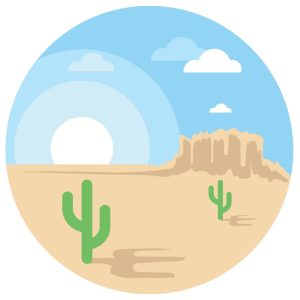
These areas have plants and animals that are specially adapted to survive with very little water. For example, cacti store water in their thick stems, and camels can go long periods without drinking.
Here are some examples of desert ecosystems:
- Hot and Dry Deserts: Very hot, sparse rainfall, like the Sahara Desert.
- Semi-Arid Deserts: Less extreme, cooler, like the Great Basin.
- Coastal Deserts: Cool, foggy, moderate temperatures, like the Atacama.
- Cold Deserts: Cold winters and low rainfall, like the Gobi.
4. Freshwater Ecosystems
Freshwater ecosystems are a type of marine ecosystem where the water is not salty like the ocean. These ecosystems are home to a wide variety of plants, fish, and other wildlife. All have adapted to living in freshwater.

Freshwater provides drinking water, supports agriculture, and helps maintain biodiversity. Additionally, these ecosystems offer recreational opportunities. This can be vital for many communities’ cultural and economic well-being.
Examples of freshwater ecosystems include:
- Rivers and Streams: Flowing water, diverse fish and plant life are roles of rivers.
- Lakes and Ponds: Still water, varied depth, supports aquatic life.
- Wetlands: Marshes and swamps, rich in biodiversity, water filtration.
- Estuaries: Where freshwater meets the sea, nutrient-rich, diverse habitats. Common are mudflats.
5. Ocean Ecosystems
Ocean ecosystems cover most of our planet and include everything from shallow coral reefs to deep sea areas. They are home to a huge variety of life, including tiny plankton, colorful fish, and large whales.

Did you know that the ocean produces more than half of the world’s oxygen? This is thanks to tiny ocean plants called phytoplankton, which live near the water’s surface and perform photosynthesis, much like plants on land.
Here are some examples of ocean ecosystems.
- Coral Reefs: Colorful, diverse, shallow waters, “rainforests of the sea”.
- Open Ocean (Pelagic): Vast, deep, home to large marine animals.
- Deep Sea (Abyssal): Dark, high pressure, unique life forms.
- Kelp Forests: Coastal, rich in marine life, towering seaweeds.
- Mangroves: Where rivers meet the sea, mangroves are nursery for many species.
6. Grassland Ecosystems
Grassland ecosystems are vast open spaces where the main type of vegetation is grass. These areas are found on every continent except Antarctica.

They’re home to many animals, including large mammals like bison and antelope. Grasslands are important for agriculture, providing grazing for livestock and land for crops.
- Temperate Grasslands: Wide-open spaces, fertile soil, hot summers, cold winters, like the Great Plains.
- Savannas: Tropical, scattered trees, home to diverse wildlife, like in Africa.
- Steppes: Semi-arid, short grasses, found in Eurasia.
- Pampas: Rich soil, tall grasses, South American grasslands.
7. Alpine Ecosystems
Alpine ecosystems are found high in the mountains. This ecosystem is characterized by harsh weather conditions, like strong winds and cold temperatures. Forest growth is also hindered by low temperatures and short growing seasons.

Despite this, a variety of plants and animals have adapted to survive here. For example, this includes small, sturdy plants and animals like mountain goats.
Here are some examples of where you can find some alpine ecosystems:
- Rocky Mountains: Diverse mountain range in North America.
- Andes: World’s longest continental mountain range with diverse climates and terrains.
- Alps: Iconic, scenic European range, known for snowy peaks, and alpine meadows.
- Himalayas: Earth’s highest mountain range in Asia. Home to Mount Everest.
Types of Ecosystems
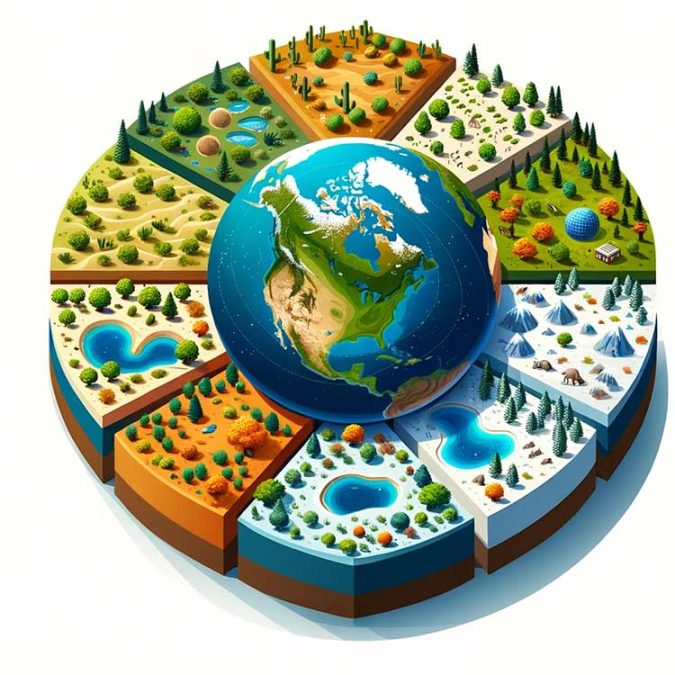
In summary, our planet is home to many different types of ecosystems, like forests, grasslands, deserts, tundras, oceans, and freshwater areas. Each one is unique and important, supporting a variety of plants and animals.
These ecosystems not only provide homes for wildlife but also offer clean air, water, and food for us. Protecting these natural environments is essential for maintaining the balance of our planet.
Do you have any questions about the types of ecosystems on Earth? We’d love to hear from you! Add what you have to say in our comment section below.


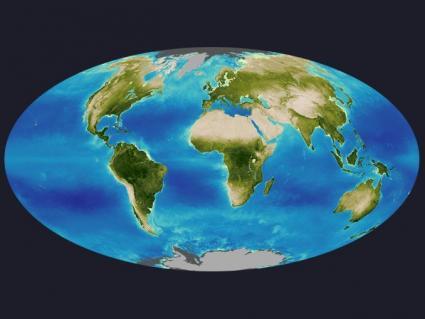
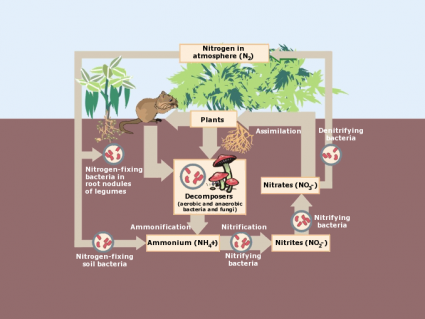
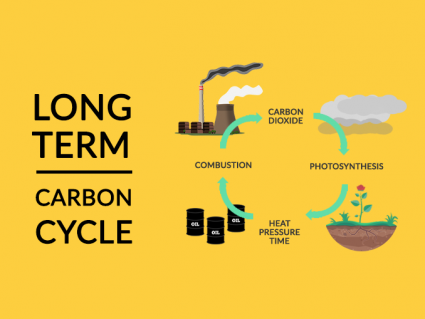

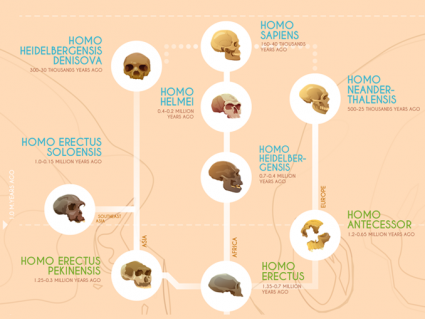
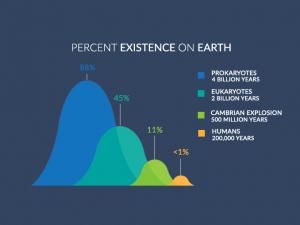

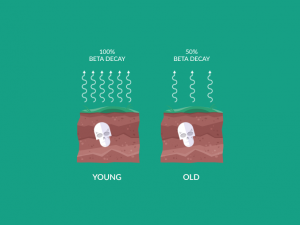
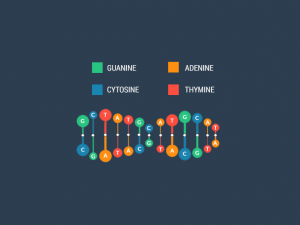
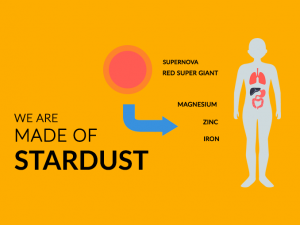

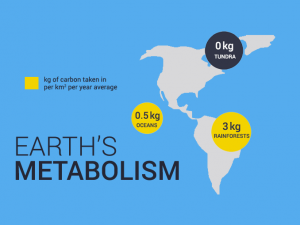
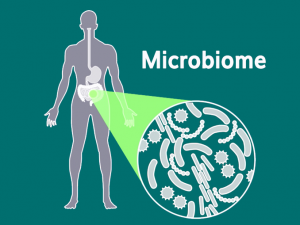
nice 👍
What is the process of leaving from 1° consumers to 3° consumers?
Im a little confused about what are the 5 Koppen climate classification type. If the annual precipitation is less than 50% of the precipitation threshold, the classification is BW (arid: desert climate). But if it is more than 50%, the Koppen climate classification is BS (semi-arid: steppe climate). For example, Phoenix, Arizona has an average annual temperature of 21.8°C. Approximately 38.4% of its annual precipitation falls from April to September. Because its precipitation threshold is less than 50%, Phoenix, Arizona is an arid desert climate.
Climate Type Criteria
Arid desert (BW) Annual precipitation is less than 50% of the precipitation threshold.
Semi-arid steppe (BS) Annual precipitation is more than 50% of the precipitation threshold. what does that mean?
Very informative and well organised for anyone to understand. I have learnt a lot.